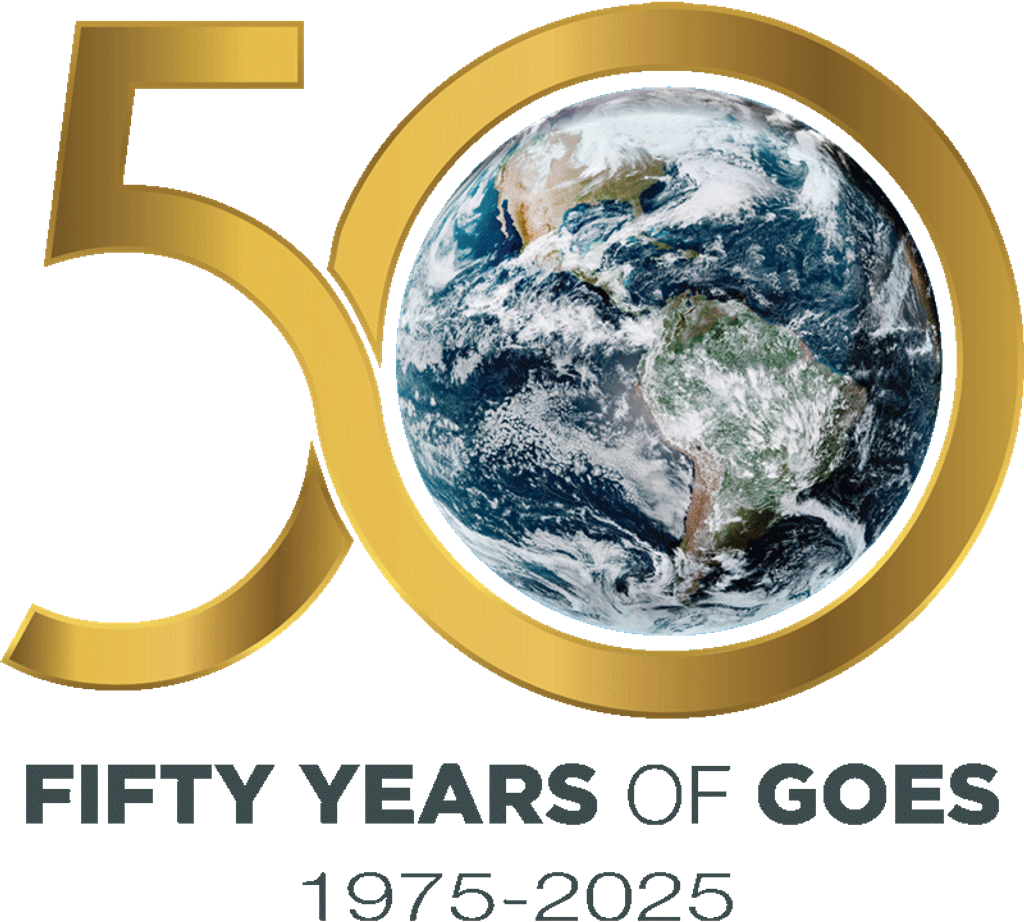1 min read
Simulation of Gravitational Microlensing
This simulation shows the 22-year journey of a star moving through space and passing directly in front of a more distant background star. All stars drift through space. Occasionally, a star lines up perfectly in front of a more distant star. The momentary alignment magnifies and brightens the light from the background star, an effect called gravitational microlensing.
In April 2005, ground-based gravitational microlensing searches detected a star that had aligned perfectly with a distant background star. Light from the background star briefly appeared two percent dimmer and then brighter than it would have without the gravitational lensing effect of the planet. The planetary system is catalogued as OGLE-2005-BLG-169L.
The simulation continues to show the passage of the foreground star. Observations in April 2011 by the Hubble Space Telescope allowed astronomers to separate the light of the foreground star and the background star. The planetary system microlensing model predicted the rate by which the foreground star and planet would separate from the background star on the sky, and these Hubble observations confirmed this prediction. The combination of the measured brightness of the planetary host star and the gravitational lensing light-curve model allowed astronomers to deduce the mass of the foreground star and its planet.
- Release DateJuly 30, 2015
- Science ReleaseTelescopes Team Up to Find Distant Uranus-Sized Planet Through Microlensing
- Credit
Related Images & Videos

Identification of Exoplanet Host Star OGLE-2005-BLG-169 (Artist's Illustration)
This graphic illustrates how a star can magnify and brighten the light of a background star when it passes in front of the distant star. If the foreground star has planets, then the planets may also magnify the light of the background star, but for a much shorter period of time...
Share
Details
Claire Andreoli
NASA’s Goddard Space Flight Center
Greenbelt, Maryland
claire.andreoli@nasa.gov






























